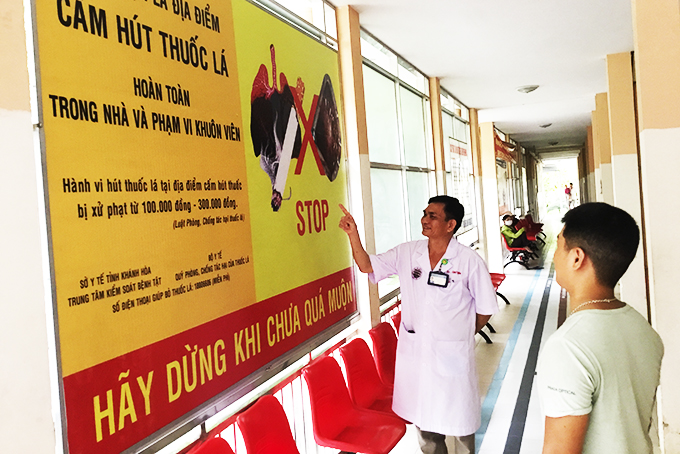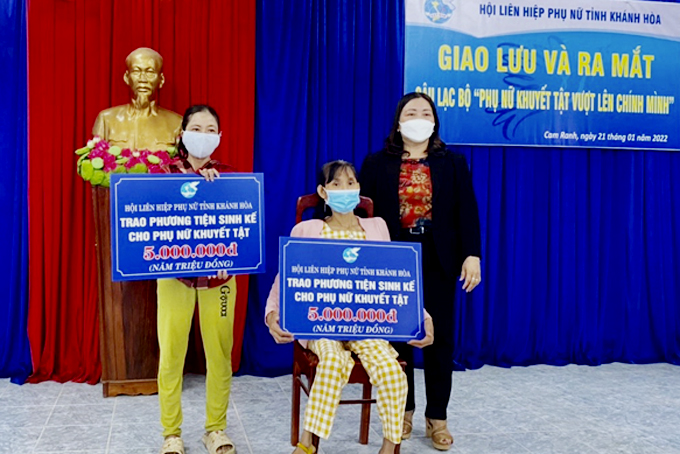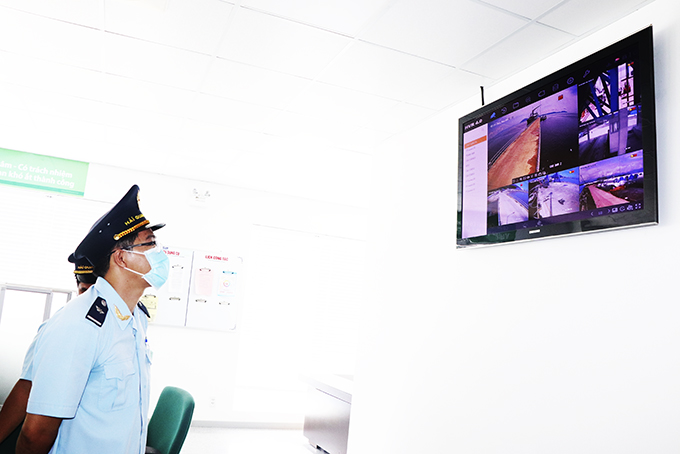
The World Health Organization (WHO) announced 2 new tobacco cessation medicines in late 2021, providing more choice for tobacco users to quit smoking...
The World Health Organization (WHO) announced 2 new tobacco cessation medicines in late 2021, providing more choice for tobacco users to quit smoking.
Two new tobacco cessation medicines
According to WHO, as many as 60% of 1.3 billion tobacco users globally have expressed the desire to give up smoking but only 30% have access to effective tools to stop smoking. Safe and effective medical treatments for tobacco cessation are available, but not always accessible. WHO publishes its Model List of Essential Medicines (EML) every 2 years to guide authorities on types of medicines that should be available domestically.

|
In October 2021, WHO announced the updated list, including 2 new tobacco cessation medicines, namely bupropion and varenicline, which work in a different way from nicotine replacement. They reduce cravings for nicotine without supplying a nicotine substitute, supporting tobacco use cessation while reducing nicotine dependence.
According to experts, bupropion and varenicline have proved to be safe and effective ways of quitting smoking. Nicotine replacement therapy used to be an essential medicine for tobacco cessation. It works by supplying nicotine in an alternative form, such as chewing gum or patches for a limited period, which helps reduce nicotine withdrawal symptoms.
The 2 new medicines are considered as a powerful shift in the fight against tobacco use. The addition of the new medicines is a signal to national authorities, health professionals and citizens that additional options are available to help give up smoking.
Quitting smoking to stay healthy
Every year, tobacco use causes 8 million deaths from cardiovascular diseases, lung disorders, cancers, diabetes and many other debilitating diseases. Smokers may struggle with challenges when they quit, especially with social and economic stress caused by Covid-19.
WHO encourages tobacco users to give up smoking due to health benefits as follows. Within 20 minutes after the last cigarette is smoked, the heart rate and blood pressure drop. Within 12 hours, the carbon monoxide level in blood drops to normal. Within 2-12 weeks, the circulation improves and the lung function increases. Within 1-9 months, coughing and shortness of breath decrease. The stroke risk is reduced to that of a nonsmoker within 5-15 years after quitting. Within 10 years, the risk of lung cancer falls to about half that of a smoker. Within 15 years, the risk of coronary heart disease is equal to that of a nonsmoker.
According to Dr. Ton That Toan, Deputy Director of Khanh Hoa Center for Disease Control, local agencies in Khanh Hoa have taken several measures and gained satisfactory results in tobacco control and prevention. Non-smoking agencies and public servants have pledged not to smoke in workplaces. Tobacco control and prevention are included in annual work plans.
Non-smoking signs are put in all places where smoking is banned at workplaces, healthcare facilities, schools, hotels, restaurants and other public places pursuant to Article 11 and 12 of the Tobacco Control Law. Strict punishment are given to illegal tobacco trade and ads. Besides, the health care sector has also cooperated with provincial departments, agencies and organizations to boost propaganda for tobacco prevention and control on mass media, via musical shows and talks on the harms of tobacco use among students of high schools and universities in the province.
C.Dan
Translated by N.T










